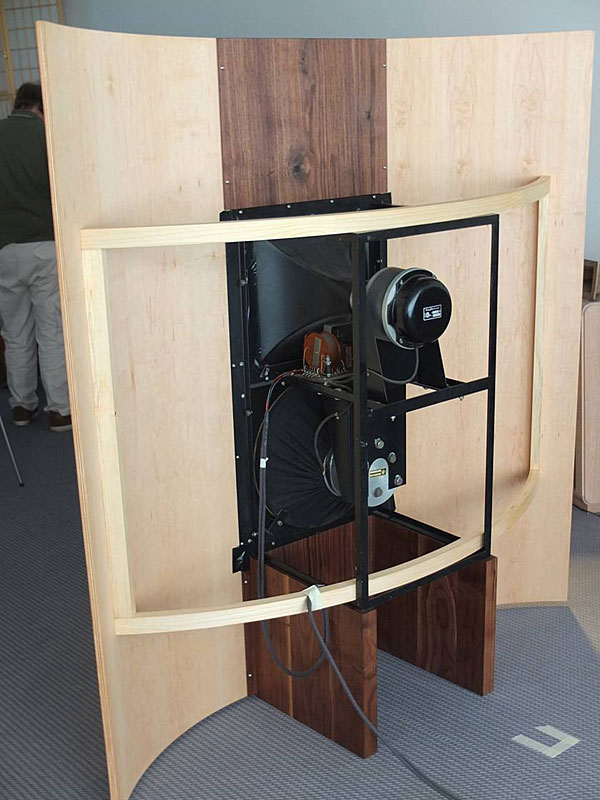| Columns Retired Columns & Blogs |
I’m surprised Art didn’t mention planar speakers (unless the comment about being “happy to have any bass at all” was a dig at his QUADs). The Magnepan MMG, for instance, has almost 700 sq. in. of radiating area, costs less than one third of the least expensive speakers mentioned in the column, and would fit well in a 12x19 room. Not much bass quantity, perhaps, but that’s why bigger (and more expensive) planars exist. Thanks for the Rosen quote.







































